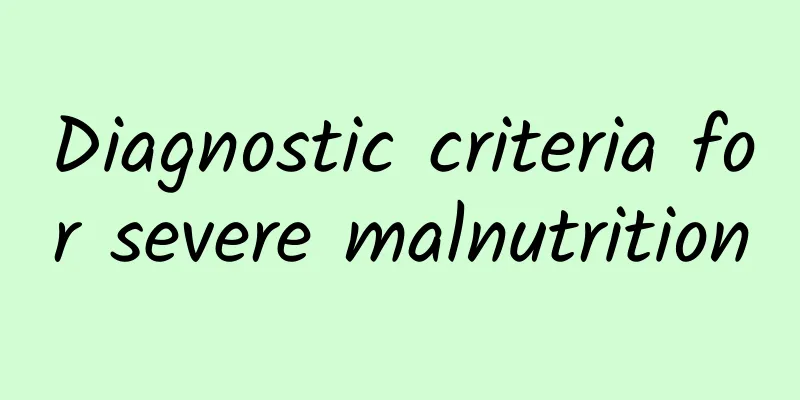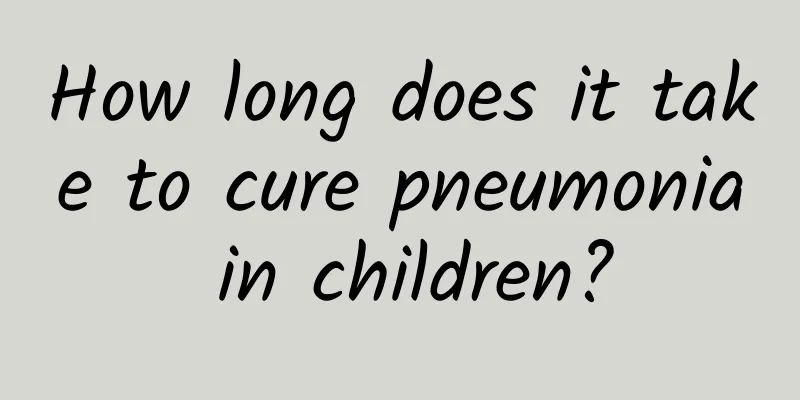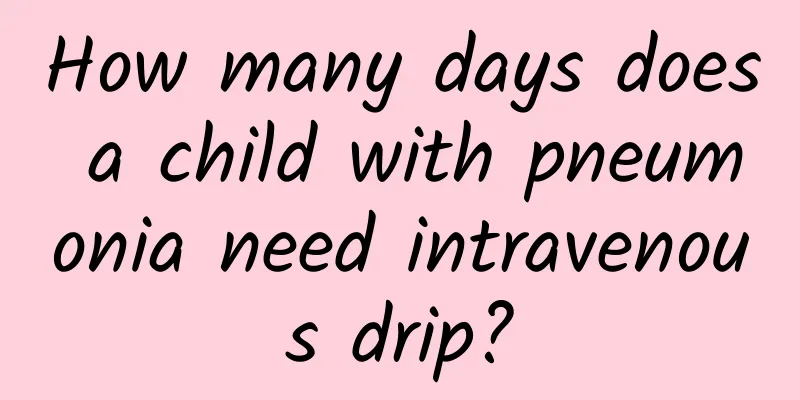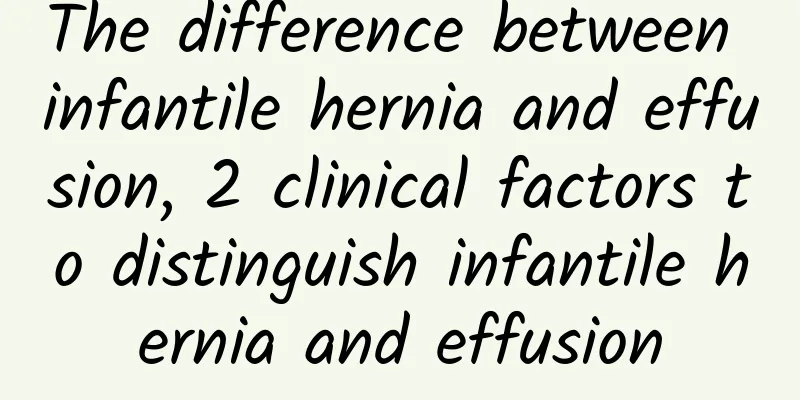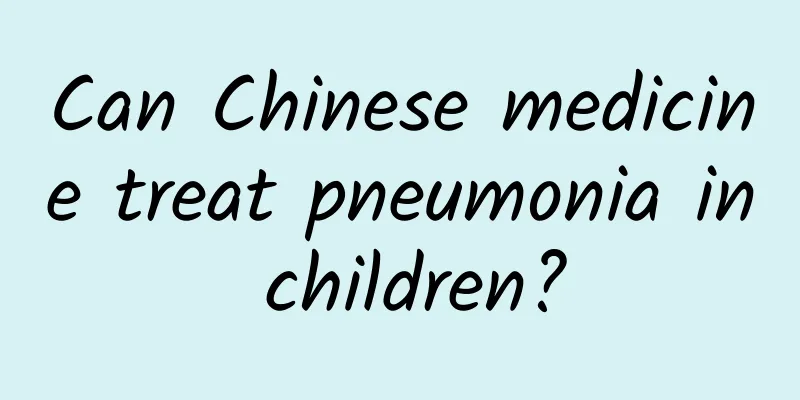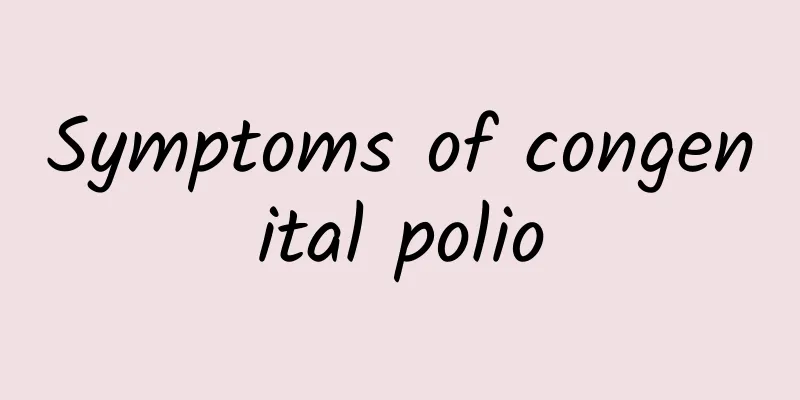What are the characteristics of pneumonia in children? What is the correct care method for pneumonia in children?
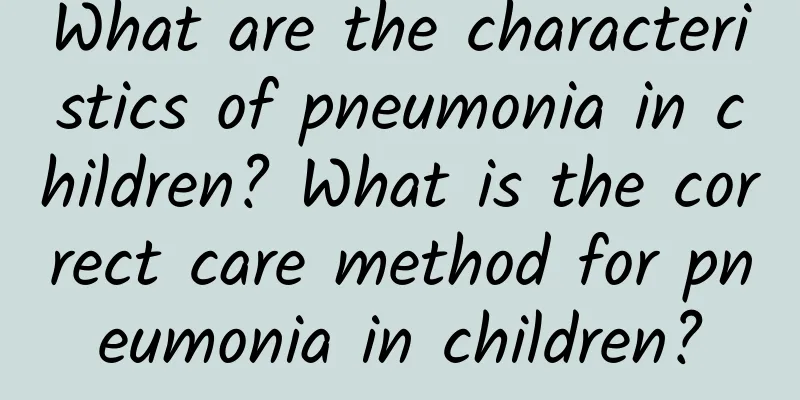
|
We all know that newborns have weak immunity, so the infection routes and symptoms of neonatal pneumonia are different from those of adults. Neonatal pneumonia can be caused by the mother's illness before delivery, the pathogens invading the fetal blood circulation through the placenta, or it can be caused during delivery, or it can be caused by improper care. So what are the characteristics of pediatric pneumonia? Let's learn about it together. What is the main cause of pneumonia in children? (1) Amniotic fluid aspiration pneumonia: caused by the fetus inhaling amniotic fluid in the womb or during delivery. When the fetus is severely hypoxic, the anal sphincter relaxes and meconium is expelled. Pneumonia caused by aspiration of contaminated amniotic fluid is also called meconium pneumonia, which is often more serious. This type of pneumonia is more common in full-term and post-term infants. (2) Milk aspiration pneumonia: It often occurs in premature infants due to immature swallowing reflex and uncoordinated swallowing movements. It can also be seen in newborns with esophageal atresia, cleft lip, cleft hip and esophageal bronchospasm. What are the characteristics of pneumonia in children? Refusing to breastfeed, poor response, and weak crying. Foam at the mouth, paroxysmal cyanosis, and possible cough. Fever or no rise in temperature. Shallow breathing, respiratory rate continuously> 60 times/min, flaring of the nasal wings, three-recess sign. In severe cases, breathing is irregular, with nodding breathing, double breathing or respiratory arrest. Sometimes fine moist sounds can be heard in the lungs. The dangers of pneumonia in children Heart damage. Common symptoms include toxic myocarditis and heart failure. The symptoms of heart failure in infants and young children are not as typical as those in adults, and the hypoxia caused by pneumonia itself can increase the heart rate and breathing, which is easy to misdiagnose. Heart failure can easily cause death in infants and young children. Gastrointestinal damage. Mild cases may cause loss of appetite, vomiting, and diarrhea in children. Severe cases may cause vomiting of coffee-like substances or even bloody stools (caused by gastrointestinal mucosal bleeding). In case of poisoning paralysis, there is obvious abdominal distension, which causes the diaphragm to rise and compress the lungs, causing breathing difficulties and making hypoxia more severe, creating a vicious cycle. Nursing methods for children with pneumonia 1. The indoor air should be fresh. Too hot and stuffy is very bad for children with pneumonia. It can make cough worse, sputum thicker, and breathing more difficult. The indoor humidity should also be appropriate. A basin of water should be placed on the stove and water should be sprinkled on the ground frequently to prevent the indoor air from being too dry. 2. Closely observe the baby's body temperature changes, mental state, and breathing conditions. 3. Newborns with pneumonia are often unwilling to breastfeed. They should be given enough fluid and calories. In addition to breastfeeding, glucose solution can be transfused. 4. Children lose a lot of water due to fever, sweating and rapid breathing, so they should be fed more water, which can also moisten the throat, thin the thick phlegm and keep the respiratory tract unobstructed. Prevention of pneumonia in children Regular antenatal check-ups The key to preventing amniotic fluid or meconium aspiration pneumonia is to prevent the fetus from suffering from intrauterine hypoxia. It is very necessary for the mother to have regular prenatal examinations during pregnancy, especially in the late pregnancy, so as to detect the problem of fetal intrauterine hypoxia in time and take appropriate monitoring and treatment measures to minimize the occurrence of aspiration pneumonia and reduce the severity of the disease. Preventing infection (1) Before birth: The mother should prevent infection during pregnancy. Take good care of herself during pregnancy, keep the living environment clean and hygienic, pay attention to personal hygiene, and prevent the occurrence of infectious diseases. (2) After birth: The living space should be clean and comfortable, the clothes and diapers should be soft and clean, and the breastfeeding utensils should be sterilized. Parents and caregivers should pay attention to hygiene and wash their hands. Avoid contact with people with colds. If the mother has a cold, she should wear a mask when breastfeeding. If the child is found to have omphalitis or skin infection, treat it immediately to prevent the spread of germs. |
<<: How to avoid neonatal jaundice? Pay attention to these to prevent neonatal jaundice
>>: How to prevent pneumonia in children? What are the symptoms of pneumonia in children?
Recommend
The most scientific way to prevent diarrhea in children
The best way to prevent and treat diarrhea in chi...
Symptoms of jaundice hepatitis
Jaundice hepatitis refers to liver disease that l...
Can icteric hepatitis be cured? How to treat icteric hepatitis better?
As a relatively common liver disease, icteric hep...
Does neonatal jaundice require treatment?
Does neonatal jaundice require treatment? Whether...
What are the dangers of pneumonia in children
Pneumonia in children can cause heart damage, hea...
What are the symptoms of pneumonia in children? What are the daily dietary taboos for pneumonia in children?
In the daily process of parenting, pediatric pneu...
Does hand, foot and mouth disease affect pregnancy?
Does hand, foot and mouth disease affect pregnanc...
What to do if your baby keeps coughing
In winter, babies cough a lot and the cough is ea...
What should we pay attention to in preventing pneumonia in children
What parents are most worried about is their chil...
Is childhood eczema hereditary? The probability of inheritance is as high as 50%.
Childhood eczema may be inherited, but genetic fa...
Causes of hernia in children, 3 causes of congenital hernia in children
There are two types of hernia in children: congen...
Is polio hereditary?
Polio is not usually directly inherited, but may ...
What should I do if my baby has recurrent eczema? What are the treatments for recurrent eczema in my baby?
Eczema is more likely to occur in children, and i...
What are the causes of chronic cough in children? How to use medicine for chronic cough in children
If a child has health problems, parents will be p...
How to treat hand, foot and mouth disease in children? How to treat hand, foot and mouth disease?
In daily life, both adults and children are more ...
